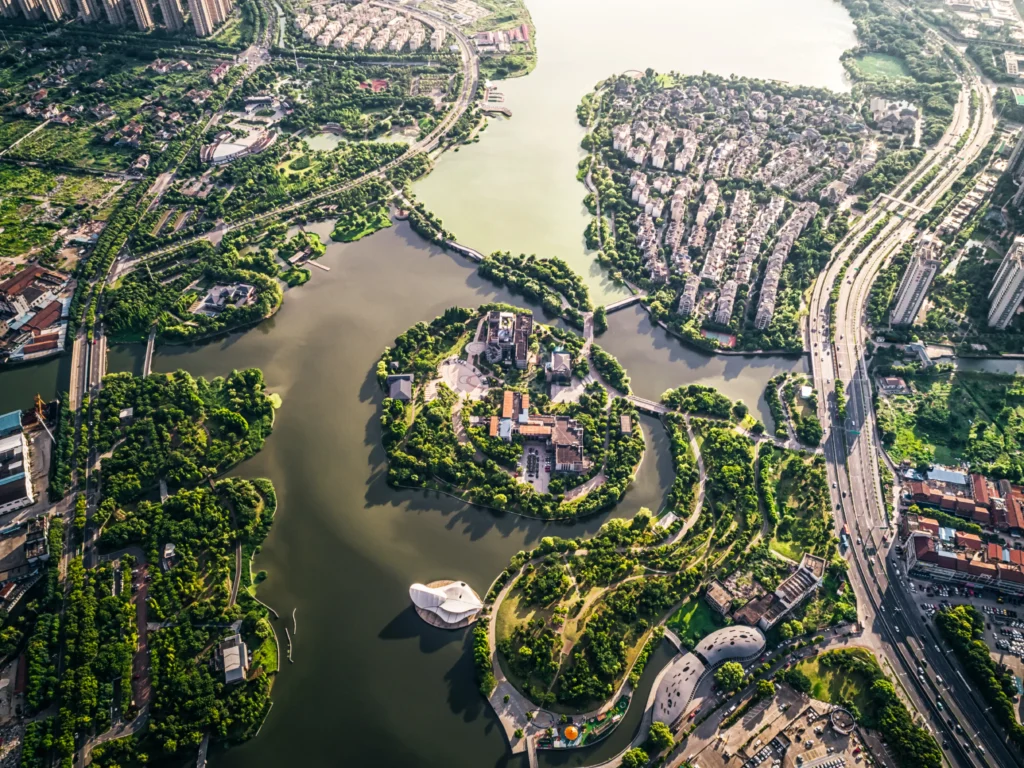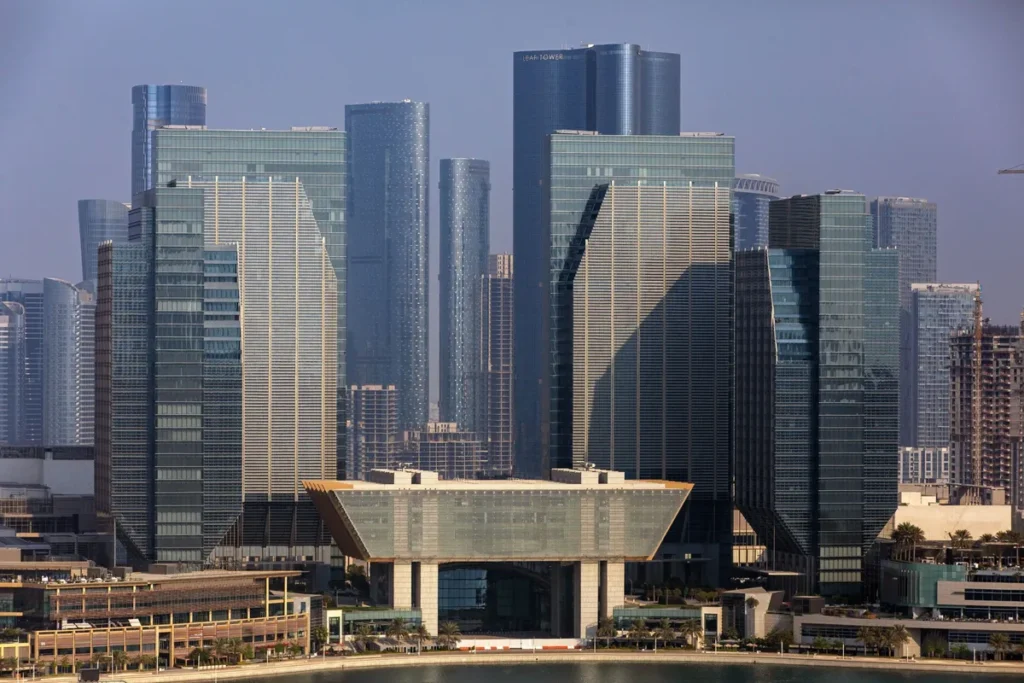The Economics & Feasibility of Floating Cities, A Business Model for Climate Resilience
The Economics & Feasibility of Floating Cities A Business Model for Climate Resilience By Peter Davis A Vision for a Fluid Future The concept of a city floating upon the sea once belonged solely to the realm of imagination, an idea preserved in the pages of science fiction novels and utopian literature. Today, however, what was once dismissed as fantasy has begun to emerge as a serious and innovative response to two of the greatest challenges confronting humanity: the explosive growth of urban populations in coastal regions and the looming threat of rising sea levels caused by climate change. For centuries, human civilization approached the ocean as a barrier to be tamed, subdued, or conquered. Land reclamation, seawalls, and embankments all represent this struggle to dominate nature rather than coexist with it. Yet as the realities of climate change become more urgent, a new paradigm is taking shape. Increasingly, architects, engineers, governments, and investors are reimagining the ocean not as an obstacle but as a frontier for urban development. Floating cities, once the stuff of speculation, are now being studied as plausible and even necessary extensions of human settlement. These cities are not a single uniform model but rather a spectrum of visions, ranging from modest humanitarian housing projects to ambitious luxury enclaves. On one end, they are imagined as safe havens for climate refugees and vulnerable populations, offering adaptive housing in the face of rising tides. On the other hand, they take the form of ultra-exclusive developments that promise investors and residents the allure of prestige, innovation, and sustainability. What unites them is the recognition that technological advances in marine engineering and sustainable design have made them technically possible. The barriers that remain are less about physics or architecture and more about economics, governance, and social acceptance. The path forward lies not in a single sweeping global project but in context-specific applications, supported by collaborations between public institutions and private investors, particularly in coastal regions already confronting the risks of environmental instability. Widespread adoption may take decades, but carefully targeted developments could become crucial tools for adapting to climate pressures and reshaping the urban future. The urgency of exploring floating cities stems from the confluence of demographic and environmental pressures that are impossible to ignore. Coastal zones, while making up only a fifth of the Earth’s total land area, are home to more than 40 percent of the world’s population. These areas are not only densely populated but also host vital infrastructure, from ports to power plants, that keeps the global economy functioning. With projections indicating that global sea levels could rise anywhere between 0.3 and 2.5 meters by the middle of the century, the stakes are monumental. Studies suggest that over 600 million people could face displacement if these trends continue unchecked. Coastal megacities such as Jakarta, New York, and Shanghai already contend with chronic flooding, land subsidence, and saltwater intrusion, while small island nations like the Maldives face the existential threat of being submerged entirely. Their governments have warned repeatedly that unless drastic action is taken, they may see their territories rendered uninhabitable within a century. At the same time, cities across the world are grappling with unprecedented land scarcity. By 2050, two-thirds of humanity is expected to live in urban areas, placing immense pressure on available space and driving up the cost of land. Floating cities offer a rare solution that addresses both challenges simultaneously. They create new territory where none exists while providing resilience against rising seas. This dual purpose not only makes them compelling from a humanitarian standpoint but also economically attractive. Developers can position floating communities as both practical refuges and visionary real estate ventures. Luxury projects such as Monaco’s Portier Cove illustrate this duality: while not designed with climate resilience in mind, they showcase how floating platforms can unlock new space in crowded coastal cities and command extraordinary value on the property market. In this way, the concept appeals both to urgent humanitarian needs and to the forces of economic growth. Historically, our attempts to expand into the sea relied on land reclamation, a process of filling shallow waters with soil or concrete to create artificial land. Though widespread, this practice is environmentally destructive. It disrupts marine habitats, alters sediment flows, and leaves reclaimed land vulnerable to earthquakes and erosion. Floating architecture takes a fundamentally different approach. Instead of resisting the sea, it adapts to it. As Dutch architect Koen Olthuis, a pioneer in water-based design, has noted, floating architecture is inspired by the philosophy of coexistence, allowing structures to rise and fall naturally with tides and storms. This adaptability offers a resilience that traditional land reclamation cannot provide. The design ethos of floating cities goes beyond simple adaptation. Increasingly, projects are being envisioned as regenerative, capable not only of surviving in marine environments but also of enhancing them. The Maldives Floating City, for example, is modeled on coral reef formations and integrates artificial reefs into its design, helping to support marine life. Oceanix City, a United Nations, backed initiative in Busan, South Korea, incorporates Biorock, an innovative material that regenerates coral reefs while simultaneously reinforcing structures against extreme weather. Such designs allow floating cities to market themselves not merely as neutral alternatives to destructive land reclamation, but as proactive tools for ecological restoration. This ecological framing aligns them with global sustainability goals and enhances their appeal to investors, governments, and residents alike. Across the world, a diverse portfolio of floating projects is emerging, each with its own ambitions and financial models. The Maldives Floating City stands out as a climate-resilient neighborhood designed to safeguard the future of a nation under existential threat. Oceanix City in Busan has captured global imagination as a prototype for scalable floating communities, blending architectural innovation with public-private collaboration. Meanwhile, organizations like the Seasteading Institute take a different tack, viewing floating settlements as laboratories for new governance systems and social models. Backed by figures such as PayPal co-founder Peter Thiel, Seasteading proposes communities beyond national jurisdictions





